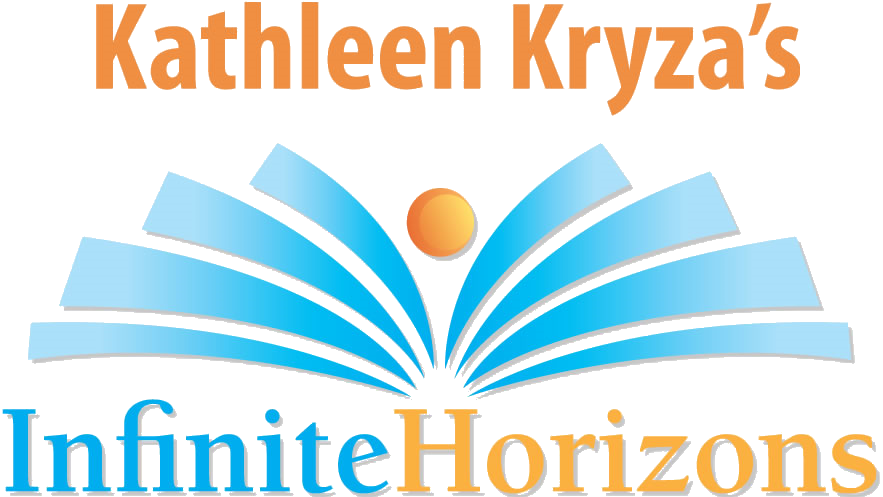“Enduring understandings get at the big ideas, or important understandings that we want students to ‘get inside of’ and retain after they’ve forgotten many of the details. Put differently…[the big ideas and understandings] implicitly answer the question, Why is this topic worth studying?
”
Over the past 3 months we have discussed 3 of the 4 abilities included in Jack Naglieri’s PASS theory of intelligence (Planning, Attention, Sequential Processing). In this issue we will delve into the fourth ability: Simultaneous Processing. “Simultaneous Processing is a neurocognitive ability a person uses to integrate stimuli into groups” (Naglieri, et. al., 2007). That sounds interesting, but what does it really mean?
The idiomatic expression that one “can’t see the forest for the trees” comes to mind when envisioning someone who lacks the ability of Simultaneous Processing. Simultaneous Processing is all about being able to relate parts to the whole, pattern recognition, performing visual/spatial tasks, and integrating separate pieces of information into a group. In short, Simultaneous Processing is the ability to see the big picture and understand relationships.
In the classroom, this ability helps students in a variety of ways. Students with a strong Simultaneous Processing ability are able to recognize sight words quickly. Decoding words requires the use of Sequential Processing (as we discussed last month), but Simultaneous Processing allows students to see the word as a whole without needing to sound out each letter. Students also use Simultaneous Processing to comprehend text and recognize the interrelationship among characters or concepts within the text. Rather than just focusing on each individual word or sentence, students who use Simultaneous Processing are able to understand the complete message of an entire page, chapter, or book.
Students who struggle with Simultaneous Processing may exhibit the following problems:
- difficulty comprehending text
- inability to indicate clear relationships between sentences and paragraphs
- difficulty with math word problems
- trouble recognizing sight words quickly
- trouble with spatial tasks
- often miss the overall idea
As with all abilities, some students will naturally be more adept at Simultaneous Processing than others. Fortunately there are strategies that we can use as teachers to help students develop or bolster this ability. Firstly, it’s important to start every lesson and unit with clear, transparent objectives written in kid-friendly language. Students need to Understand and Know what the learning objectives are for the unit, as well as the lessons within the unit. They also need to see what they will be expected to Be Able to Do along the way. Teachers who identify a handful of BIG IDEAS that they want the students understand deeply by the end of the year help their students see the Big Picture. Those big ideas should be woven into every lesson and every unit in order to help students interrelate and internalize the concepts. For example, when teaching students the scientific method, a simple objective for a single lesson might be something like “Students will be able to list and define the steps of the scientific method in the correct order.” The big idea, however, would be something more general that you will touch on for the rest of the year such as, “Scientific facts are derived from methodical testing, careful observations, and thoughtful analysis.”
Graphic organizers (story maps, mind maps, word splashes, etc) are essential tools teachers can use to help students access and develop their simultaneous processing ability. Graphic organizers aid students in determining and visualizing the interrelations among topics and can help students recognize the big picture of complicated ideas. Story maps help students visualize the components of a story in order to make deeper comprehension connections among the characters and the plot. Vocabulary maps can help students see the relationship among synonyms, definitions, and the actual use of the words. Infinite Horizons has created a free resource to support your differentiated use of graphic organizers in the classroom. (See resources link on the right margin.) This resource briefly explains a variety of types of graphic organizers to and how to use them in the classroom. For a more detailed look at using graphic organizers and creating clear learning targets, check out our books here.
Simultaneous processing is key to helping our students make sense of the larger concepts and ideas we are teaching throughout the year. Big idea thinkers some up with amazing ideas like this one, “Electricity is really just organized lighting” ― George Carlin
